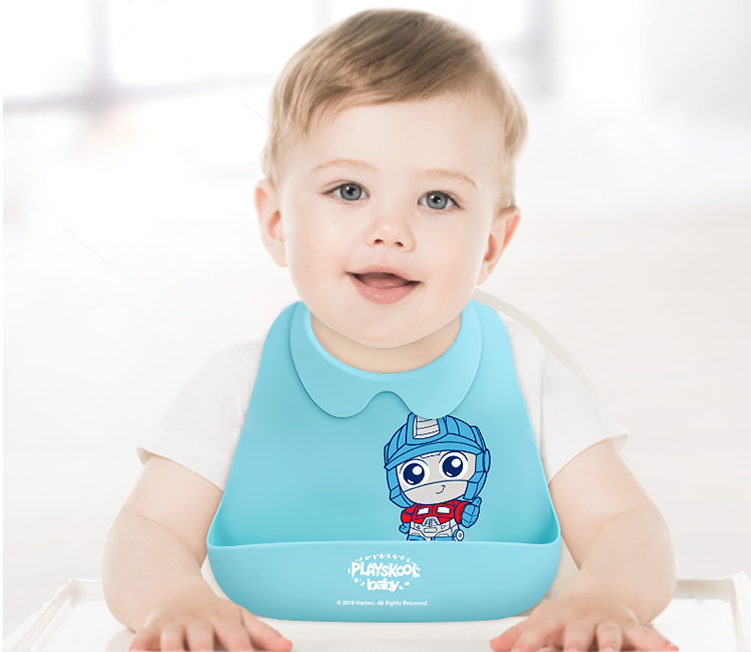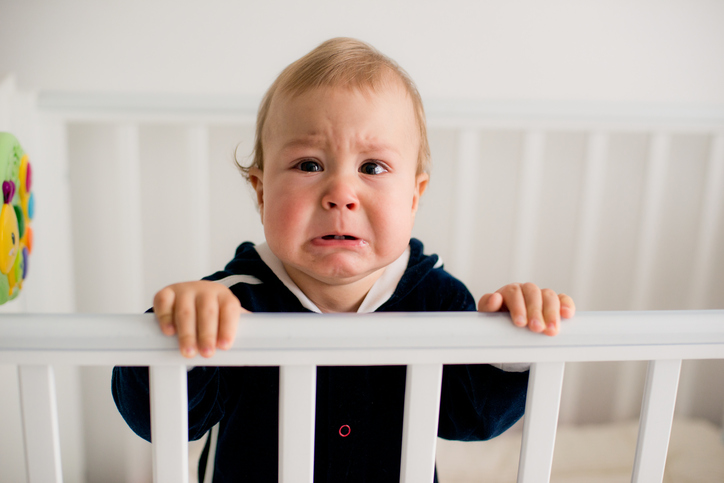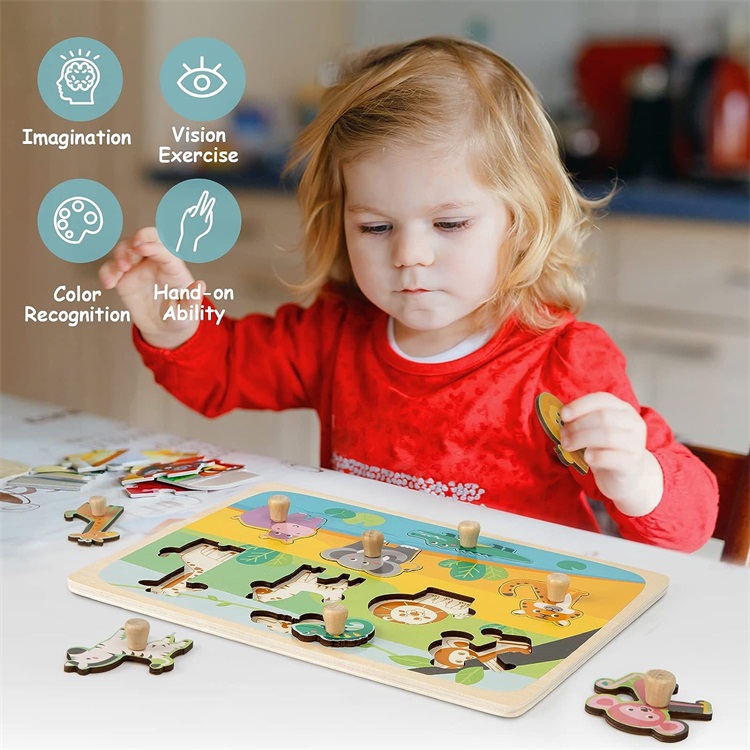The Comprehensive Guide to Baby Bibs
Introduction
Baby bibs are an essential item in every parent’s toolkit. They protect your baby’s clothing from food spills and drool, making cleanup easier and keeping your baby clean and comfortable. This article will explore the different types of baby bibs, their features, and how to choose the best one for your needs.
Baby bibs are an essential item in every parent’s toolkit. They protect your baby’s clothing from food spills and drool, making cleanup easier and keeping your baby clean and comfortable. This article will explore the different types of baby bibs, their features, and how to choose the best one for your needs.
Types of Baby Bibs
Feeding Bibs: These are typically larger and made of easy-to-clean materials like plastic or silicone. They often have a pocket at the bottom to catch food spills.
Drool Bibs: These are smaller and made of absorbent materials like cotton. They are designed to soak up drool, keeping your baby’s skin and clothes dry.
Long-Sleeved Bibs: These provide full-coverage protection for messy eaters or when doing arts and crafts. They are usually made of water-resistant materials.
Bandana Bibs: These are stylish and functional, designed to look like a bandana. They are great for drool and are often made of absorbent materials.
Feeding Bibs: These are typically larger and made of easy-to-clean materials like plastic or silicone. They often have a pocket at the bottom to catch food spills.
Drool Bibs: These are smaller and made of absorbent materials like cotton. They are designed to soak up drool, keeping your baby’s skin and clothes dry.
Long-Sleeved Bibs: These provide full-coverage protection for messy eaters or when doing arts and crafts. They are usually made of water-resistant materials.
Bandana Bibs: These are stylish and functional, designed to look like a bandana. They are great for drool and are often made of absorbent materials.
Features to Consider
Material: Consider bibs made of materials that are easy to clean, absorbent, and gentle on your baby’s skin. Cotton, silicone, and terrycloth are popular choices.
Size and Coverage: Choose a bib size that provides adequate coverage for your baby’s needs. Larger bibs are better for meal times, while smaller ones are suitable for drool.
Fastenings: Bibs can be fastened with snaps, Velcro, or ties. Snaps are durable and not easily pulled off by babies, while Velcro is adjustable but can wear out over time.
Comfort: Look for bibs with soft edges and adjustable fastenings to ensure a comfortable fit.
Design: While not a necessity, cute designs or your baby’s favorite characters can make wearing a bib more fun.
Material: Consider bibs made of materials that are easy to clean, absorbent, and gentle on your baby’s skin. Cotton, silicone, and terrycloth are popular choices.
Size and Coverage: Choose a bib size that provides adequate coverage for your baby’s needs. Larger bibs are better for meal times, while smaller ones are suitable for drool.
Fastenings: Bibs can be fastened with snaps, Velcro, or ties. Snaps are durable and not easily pulled off by babies, while Velcro is adjustable but can wear out over time.
Comfort: Look for bibs with soft edges and adjustable fastenings to ensure a comfortable fit.
Design: While not a necessity, cute designs or your baby’s favorite characters can make wearing a bib more fun.
Conclusion
Baby bibs are more than just a practical item; they can also be a fun accessory. By considering the type of bib, the material, size, fastenings, and design, you can choose bibs that are not only functional but also enjoyable for your baby to wear. Whether you’re dealing with mealtime messes or constant drool, there’s a baby bib out there that’s perfect for your needs.
Post a Comment
You must be logged in to post a comment.







